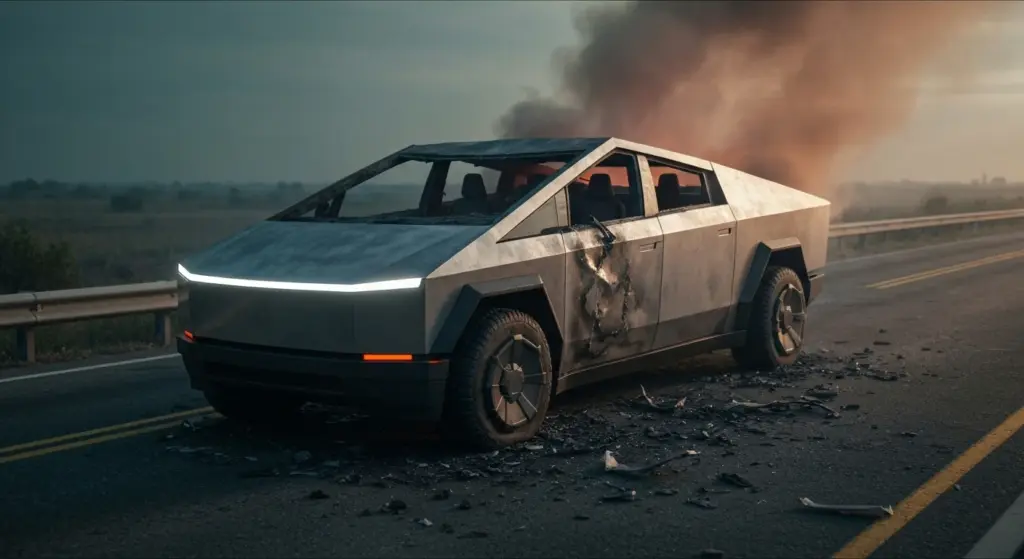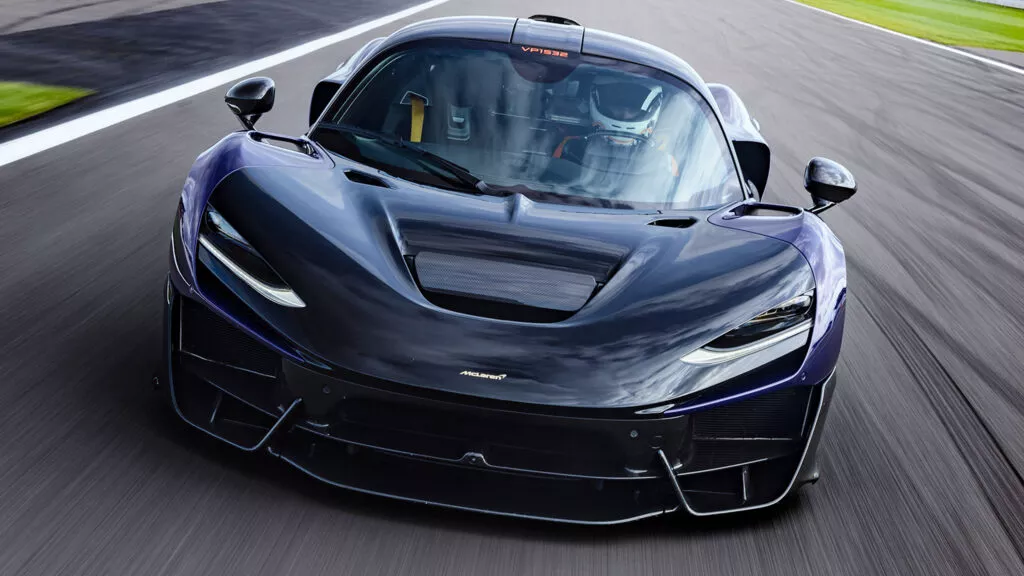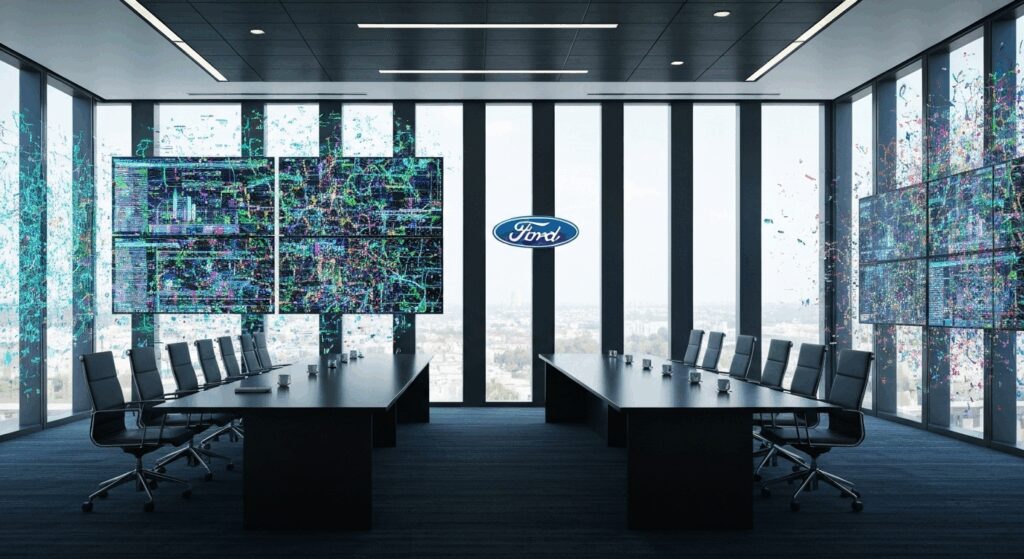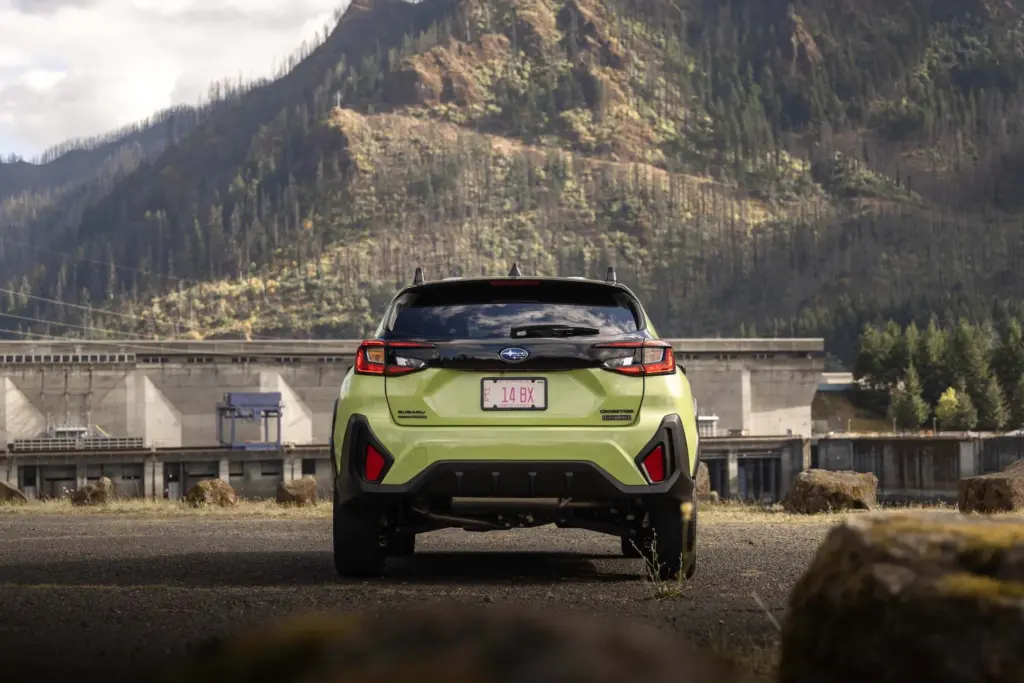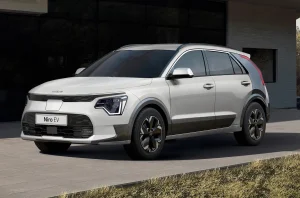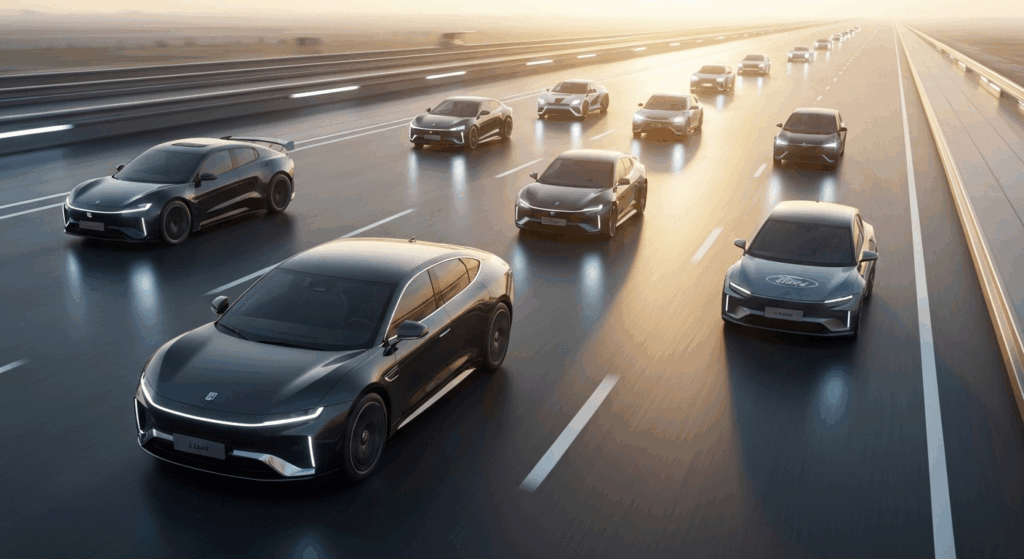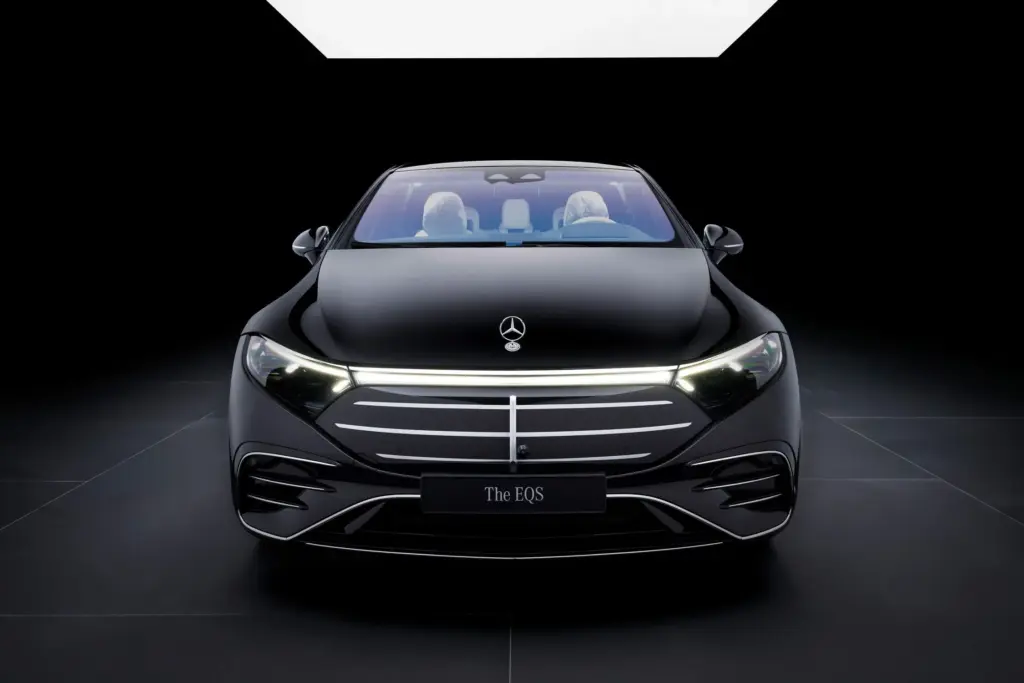A famous YouTuber compared Tesla’s camera-based driver assistance technology with Lexus’s LiDAR system side by side. The goal? To determine which of the two systems is more effective at avoiding obstacles and ensuring safety, using dummies in simulations.
The Showdown: Tesla Model Y vs. Lexus RX with LiDAR
Mark Rober, known for his engineering videos and practical tests, conducted a series of experiments comparing a Tesla Model Y and a Lexus RX equipped with Luminar’s LiDAR technology. The main focus was to evaluate the performance of both vehicles in risky scenarios, where failing to detect an obstacle could result in a simulated collision with child-sized dummies.
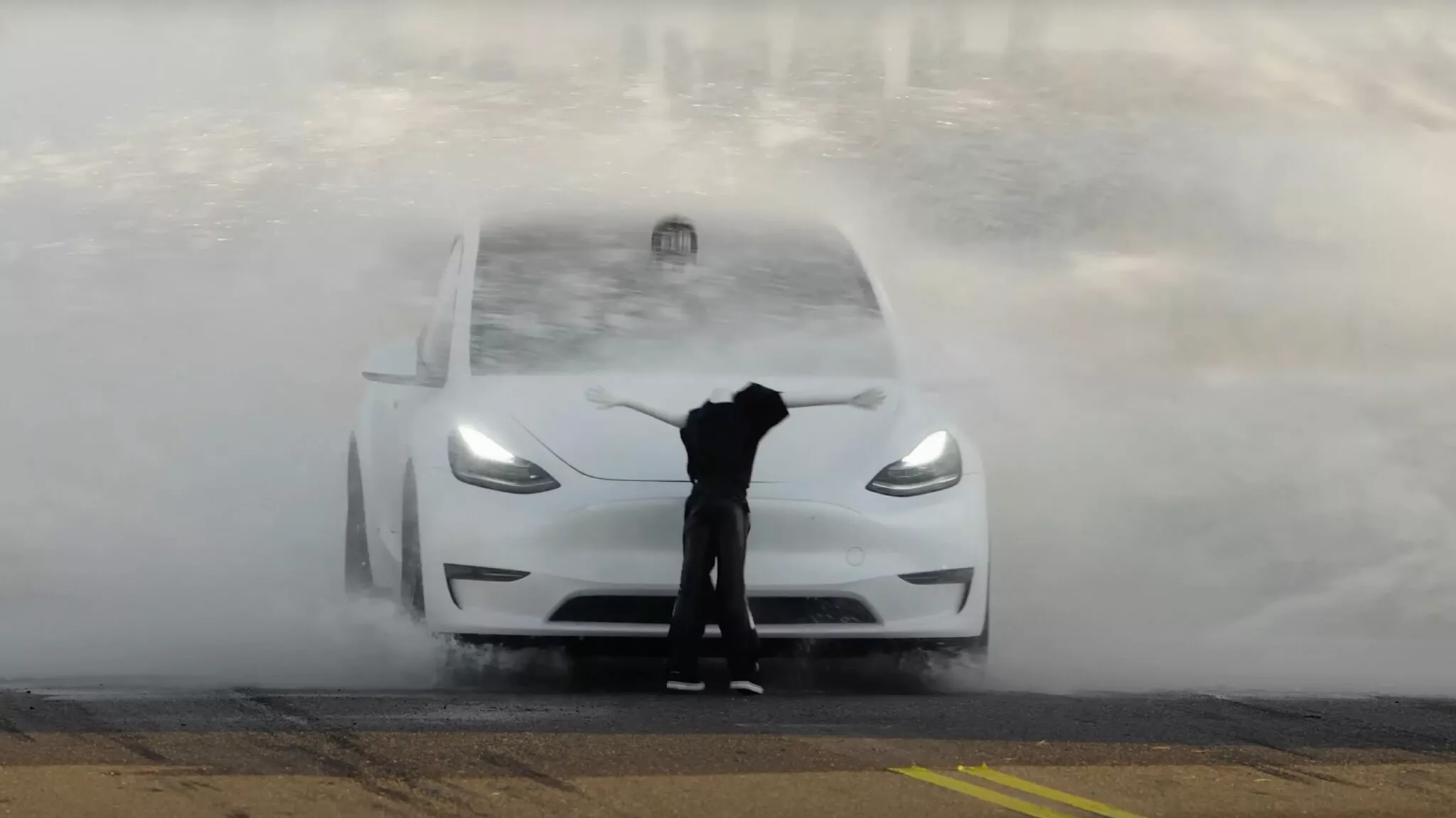
The final test was the most impactful: both SUVs were directed towards a fake wall, set up like a theatrical scene. The idea was to simulate a situation where visual perception could be misleading. The results revealed a crucial difference in the technologies.
Initial Tests: Varied Performance in Real Scenarios
In the initial tests, the Lexus with LiDAR showed accuracy in detecting a stationary dummy on the road at 40 mph. The Tesla, using only automatic emergency braking, initially failed, running over the dummy. Surprisingly, however, when the Autopilot was activated, the Tesla managed to stop in time on the retest.
In another scenario, both cars successfully swerved to avoid a dummy running out from behind a parked car. However, the Tesla struggled in fog and rain conditions, while it handled glaring lights simulating sunset surprisingly well.
The Fake Wall Test: Tesla’s Surprising Failure
The final test, with the scenic wall, exposed a critical limitation of the Tesla system. The Lexus, equipped with LiDAR, braked without issue upon detecting the physical presence of the wall, ignoring the visual illusion. After all, LiDAR detects the geometry of the environment, not just images.
In contrast, the Tesla Autopilot, based on cameras and computer vision, interpreted the painted wall as if it were the actual background. The result was dramatic: the Model Y crashed through the foam wall, demolishing it completely and running over the dummy positioned behind it. This outcome highlights the Tesla system’s dependence on visual interpretation, which can be misled by illusions.
LiDAR vs. Cameras: A Safety Question?
Tesla opted not to use LiDAR sensors in its vehicles, a controversial decision in the tech community. Experts argue that relying solely on cameras could compromise safety in certain situations. The test conducted by the YouTuber seems to confirm this concern, especially in scenarios where visual perception is challenged.
While Tesla’s camera system has evolved significantly, the fake wall test demonstrates that there are still important limitations. The LiDAR’s ability to “see” the geometry of the environment, regardless of visual appearance, provides an extra layer of safety, as evidenced by the Lexus’s superior performance in this specific experiment.
Author: Fabio Isidoro
Founder and editor-in-chief of Canal Carro, he dedicates himself to exploring the automotive universe with depth and passion. A car and technology enthusiast, he produces technical content and in-depth analyses of national and international vehicles, combining quality information with a critical eye for the public.

